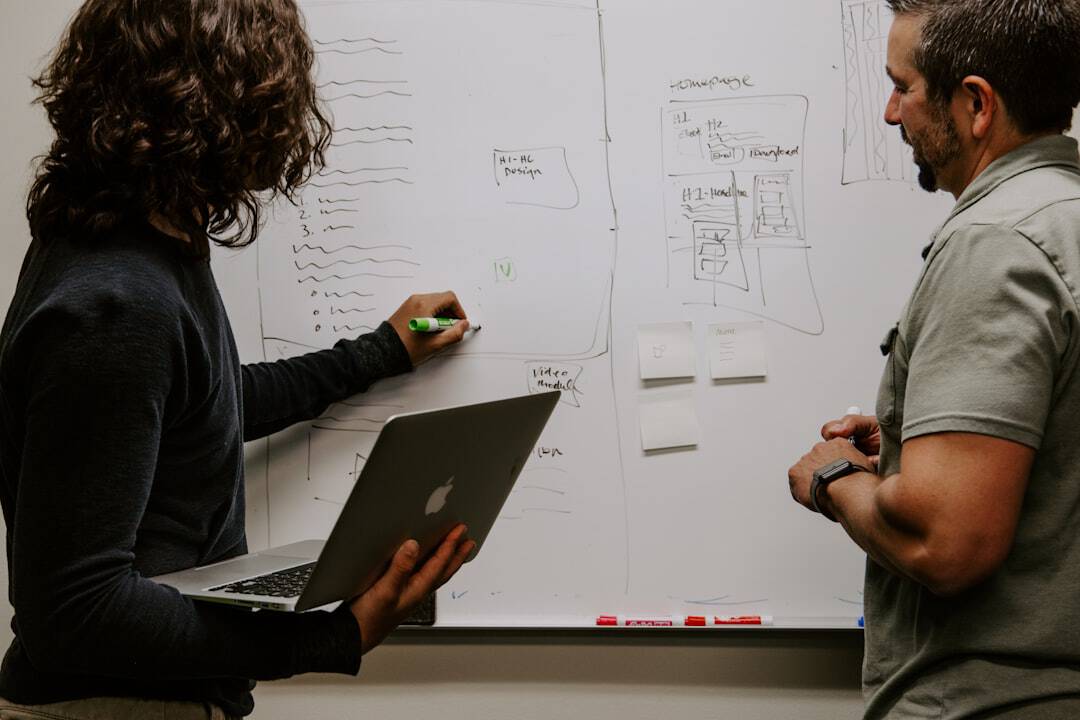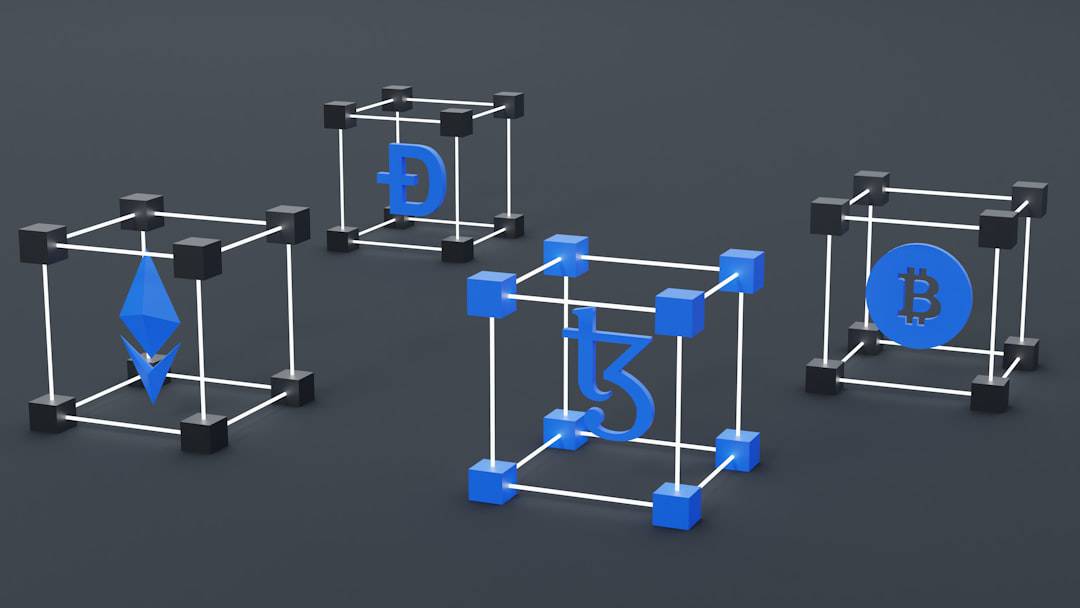Graph Neural Networks (GNNs) are a powerful class of machine learning models designed to process and analyze graph-structured data. Unlike traditional neural networks that operate on grid-like data such as images or sequences, GNNs can handle complex relational data represented as graphs, consisting of nodes and edges. This capability makes them particularly useful for tasks involving social networks, molecular structures, and recommendation systems.
GNNs work by iteratively updating node representations based on their neighboring nodes and edge information. This process allows the model to capture and propagate information across the graph structure, enabling it to learn rich representations of the data. Common GNN architectures include Graph Convolutional Networks (GCNs), Graph Attention Networks (GATs), and Message Passing Neural Networks (MPNNs).
The applications of GNNs are diverse and growing. In social network analysis, GNNs can predict user behavior, detect communities, and identify influential nodes. In chemistry and drug discovery, they can predict molecular properties and interactions.
In recommendation systems, GNNs can model user-item interactions to provide personalized suggestions. Recent advancements in GNN research have focused on improving model efficiency, scalability, and interpretability. Techniques such as graph sampling, attention mechanisms, and explainable AI methods are being developed to address these challenges.
As the field progresses, GNNs are expected to play an increasingly important role in various domains, contributing to the advancement of artificial intelligence and machine learning.
Key Takeaways
- Graph Neural Networks (GNNs) are a powerful tool in AI that can effectively model and analyze complex relationships and dependencies in data.
- GNNs have the potential to significantly advance AI by enabling more accurate and efficient learning from graph-structured data.
- GNNs find applications in various domains such as social network analysis, recommendation systems, drug discovery, and knowledge graphs.
- Challenges in implementing GNNs include scalability, interpretability, and the need for large amounts of labeled data.
- GNNs can improve AI performance by capturing relational information and enhancing the ability to generalize to new, unseen data.
Understanding the Potential of Graph Neural Networks for Advancing AI
The potential of Graph Neural Networks (GNNs) for advancing artificial intelligence lies in their ability to effectively model and analyze complex relationships and dependencies in graph-structured data. Unlike traditional neural networks, which struggle to capture the inherent structure and connectivity of graph data, GNNs are specifically designed to handle such data, making them a powerful tool for a wide range of AI applications. By leveraging techniques from graph theory and neural networks, GNNs can learn and infer information from graph data, enabling them to perform tasks such as node classification, link prediction, and graph classification.
One of the key advantages of GNNs is their ability to capture both local and global information from graph data, allowing them to make informed decisions based on the context and relationships within the data. This makes GNNs well-suited for tasks such as social network analysis, where understanding the connections between individuals is crucial for making accurate predictions and recommendations. Additionally, GNNs have shown promise in domains such as drug discovery, where the molecular structure can be represented as a graph, and recommendation systems, where user-item interactions can be modeled as a graph.
As AI continues to advance, the potential of GNNs in unlocking new capabilities and improving the performance of AI systems is becoming increasingly evident.
Applications of Graph Neural Networks in AI

Graph Neural Networks (GNNs) have a wide range of applications in artificial intelligence, spanning across various domains such as social media analysis, drug discovery, recommendation systems, and more. In social media analysis, GNNs can be used to analyze the structure of social networks and identify influential individuals or communities. This can be valuable for targeted marketing, identifying trends, or even detecting malicious activities.
In drug discovery, GNNs can analyze the molecular structure of compounds to predict their properties or interactions with biological targets, accelerating the process of drug development. Additionally, recommendation systems can benefit from GNNs by modeling user-item interactions as a graph and making personalized recommendations based on the relationships within the data. Furthermore, GNNs have shown promise in fields such as cybersecurity, where they can be used to detect anomalies or malicious activities within network traffic data.
By leveraging the power of GNNs to capture complex relationships and dependencies within graph-structured data, AI systems can make more accurate predictions and decisions in various domains. As the capabilities of GNNs continue to expand, their applications in AI are expected to grow even further, unlocking new possibilities for solving complex problems and improving decision-making processes.
Challenges and Limitations of Implementing Graph Neural Networks in AI
| Challenges | Limitations |
|---|---|
| Complexity of graph data | Difficulty in handling large-scale graphs |
| Scalability issues | Computationally intensive |
| Data heterogeneity | Lack of standardized benchmarks |
| Overfitting in small graphs | Limited interpretability of results |
While Graph Neural Networks (GNNs) hold great potential for advancing artificial intelligence, there are several challenges and limitations that need to be addressed when implementing them in AI systems. One of the main challenges is scalability, as GNNs can struggle to handle large-scale graphs with millions or even billions of nodes and edges. This can lead to increased computational complexity and memory requirements, making it difficult to apply GNNs to real-world problems with massive graph data.
Another challenge is the lack of interpretability in GNNs, as they can be black-box models that make it difficult to understand how they arrive at their predictions or decisions. This can be a significant limitation in domains where interpretability is crucial, such as healthcare or finance. Additionally, GNNs may struggle with capturing long-range dependencies within graph data, leading to limitations in their ability to make accurate predictions for certain tasks.
Furthermore, there are challenges related to training GNNs effectively, such as overfitting on small graphs or dealing with noisy or incomplete data. These challenges highlight the need for further research and development to address the limitations of GNNs and make them more robust and scalable for real-world AI applications.
Improving AI Performance with Graph Neural Networks
Despite the challenges and limitations of implementing Graph Neural Networks (GNNs) in AI systems, there are several strategies for improving their performance and addressing their limitations. One approach is to develop scalable algorithms and techniques for handling large-scale graphs, such as parallelizing computations or using sampling methods to reduce computational complexity. By improving the scalability of GNNs, they can be applied to real-world problems with massive graph data more effectively.
Another strategy is to enhance the interpretability of GNNs by developing methods for explaining their predictions or decisions. This can involve visualizing the learned representations or extracting meaningful insights from the model to improve trust and understanding of its behavior. Additionally, techniques for capturing long-range dependencies within graph data can be developed to improve the predictive capabilities of GNNs for tasks that require modeling complex relationships.
Furthermore, advancements in training algorithms and regularization techniques can help address issues related to overfitting on small graphs or dealing with noisy or incomplete data. By improving the robustness and generalization capabilities of GNNs, their performance in real-world AI applications can be enhanced. As research in GNNs continues to progress, these strategies will play a crucial role in improving the capabilities of GNNs and unlocking their full potential for advancing AI.
Future Developments and Trends in Graph Neural Networks for AI

The future developments and trends in Graph Neural Networks (GNNs) for artificial intelligence are expected to focus on addressing their limitations while expanding their capabilities for solving complex problems. One trend is the development of more scalable GNN algorithms that can handle massive graph data efficiently. This may involve advancements in parallel computing, distributed algorithms, or novel techniques for processing large-scale graphs without sacrificing performance.
Another trend is the integration of GNNs with other AI techniques such as reinforcement learning or meta-learning to create more powerful and adaptive AI systems. By combining the strengths of different AI approaches, GNNs can be used to capture complex relationships within graph data while leveraging other techniques for decision-making or optimization tasks. Furthermore, advancements in explainable AI for GNNs are expected to become a major focus, as the interpretability of AI models becomes increasingly important for real-world applications.
This may involve developing methods for visualizing and explaining the learned representations within GNNs or extracting meaningful insights from their predictions. Additionally, research in improving the generalization capabilities of GNNs for handling noisy or incomplete data is expected to continue, as robustness becomes a crucial factor for real-world AI applications. By addressing these trends and developments, GNNs are poised to play a significant role in advancing AI capabilities and solving complex problems across various domains.
The Impact of Graph Neural Networks on Advancing AI
In conclusion, Graph Neural Networks (GNNs) have emerged as a powerful tool for advancing artificial intelligence by effectively modeling and analyzing complex relationships within graph-structured data. Their potential applications span across various domains such as social media analysis, drug discovery, recommendation systems, cybersecurity, and more. While there are challenges and limitations in implementing GNNs in AI systems, strategies for improving their performance are being developed to address scalability issues, interpretability concerns, and generalization capabilities.
The future developments and trends in GNNs are expected to focus on scalability, interpretability, integration with other AI techniques, and improving generalization capabilities. As research in GNNs continues to progress, their impact on advancing AI capabilities is becoming increasingly evident. With their ability to capture complex relationships within graph data and make informed decisions based on context and connectivity, GNNs are poised to unlock new possibilities for solving complex problems and improving decision-making processes in AI.
As the field of AI continues to evolve, GNNs are expected to play a crucial role in shaping the future of intelligent systems.
If you’re interested in the potential applications of graph neural networks in virtual worlds, you may want to check out this article on metaverse platforms and ecosystems. It discusses the social dynamics and interactions within virtual worlds, which could benefit from the use of graph neural networks to model and analyze complex relationships between users and virtual objects.
FAQs
What is a graph neural network (GNN)?
A graph neural network (GNN) is a type of neural network designed to work with graph-structured data, such as social networks, citation networks, and molecular structures. GNNs are able to learn and make predictions based on the relationships and connections within the graph.
How does a graph neural network differ from other types of neural networks?
Unlike traditional neural networks, which operate on grid-structured data like images and text, GNNs are specifically designed to handle graph-structured data. GNNs are able to capture the relational information between nodes in a graph, making them well-suited for tasks such as node classification, link prediction, and graph classification.
What are some applications of graph neural networks?
Graph neural networks have a wide range of applications, including social network analysis, recommendation systems, drug discovery, and fraud detection. They can be used to analyze and make predictions on any data that can be represented as a graph.
How does a graph neural network learn from graph-structured data?
GNNs typically operate by aggregating information from neighboring nodes in the graph, using this information to update the node’s own representation. This process is repeated over multiple layers, allowing the GNN to capture complex relationships and make predictions based on the graph structure.
What are some challenges in training graph neural networks?
One challenge in training GNNs is the potential for over-smoothing, where the network’s representation of nodes becomes too similar after multiple layers of aggregation. Additionally, GNNs may struggle with capturing long-range dependencies in large graphs. Researchers are actively working on developing techniques to address these challenges.











Leave a Reply